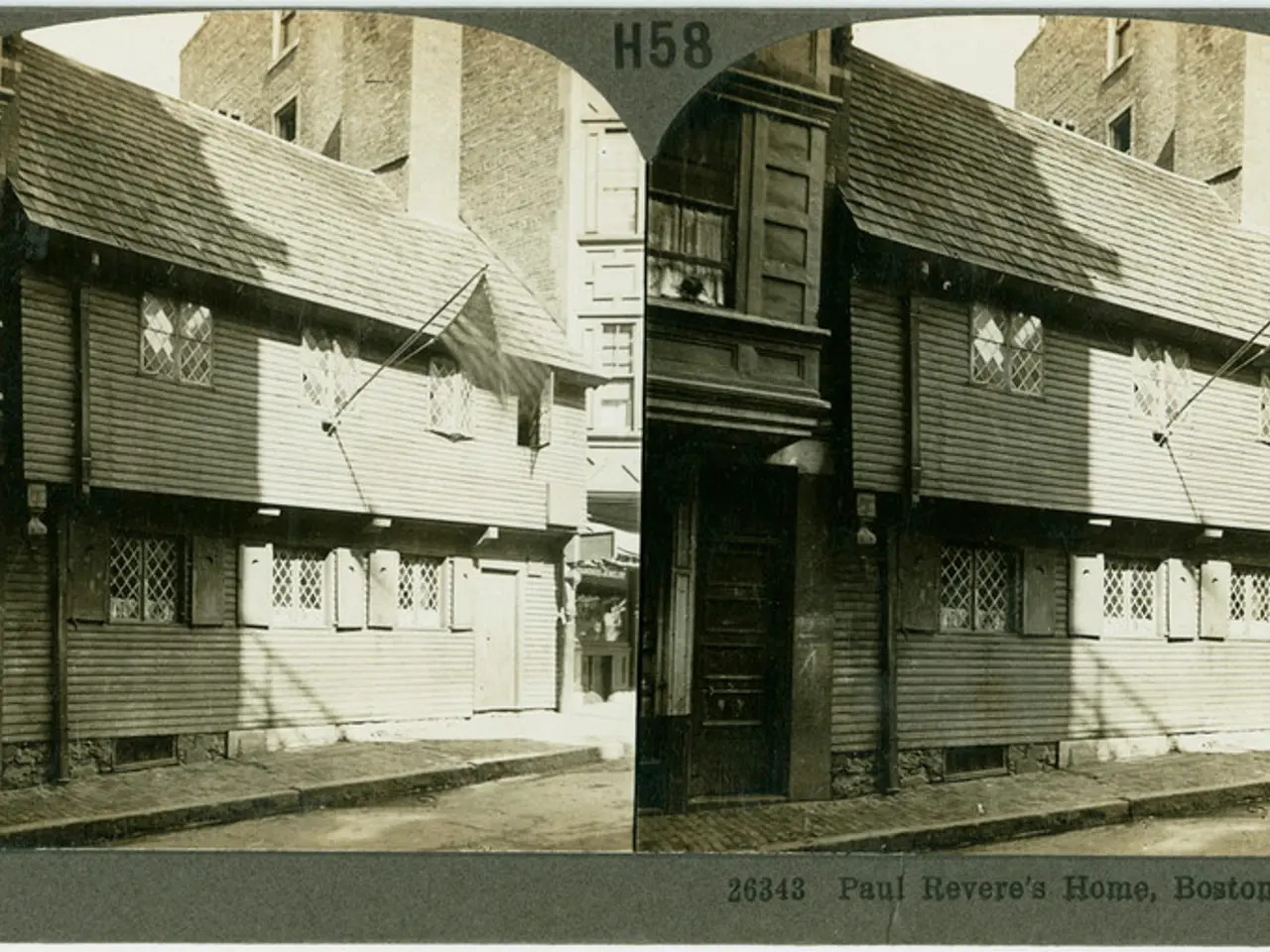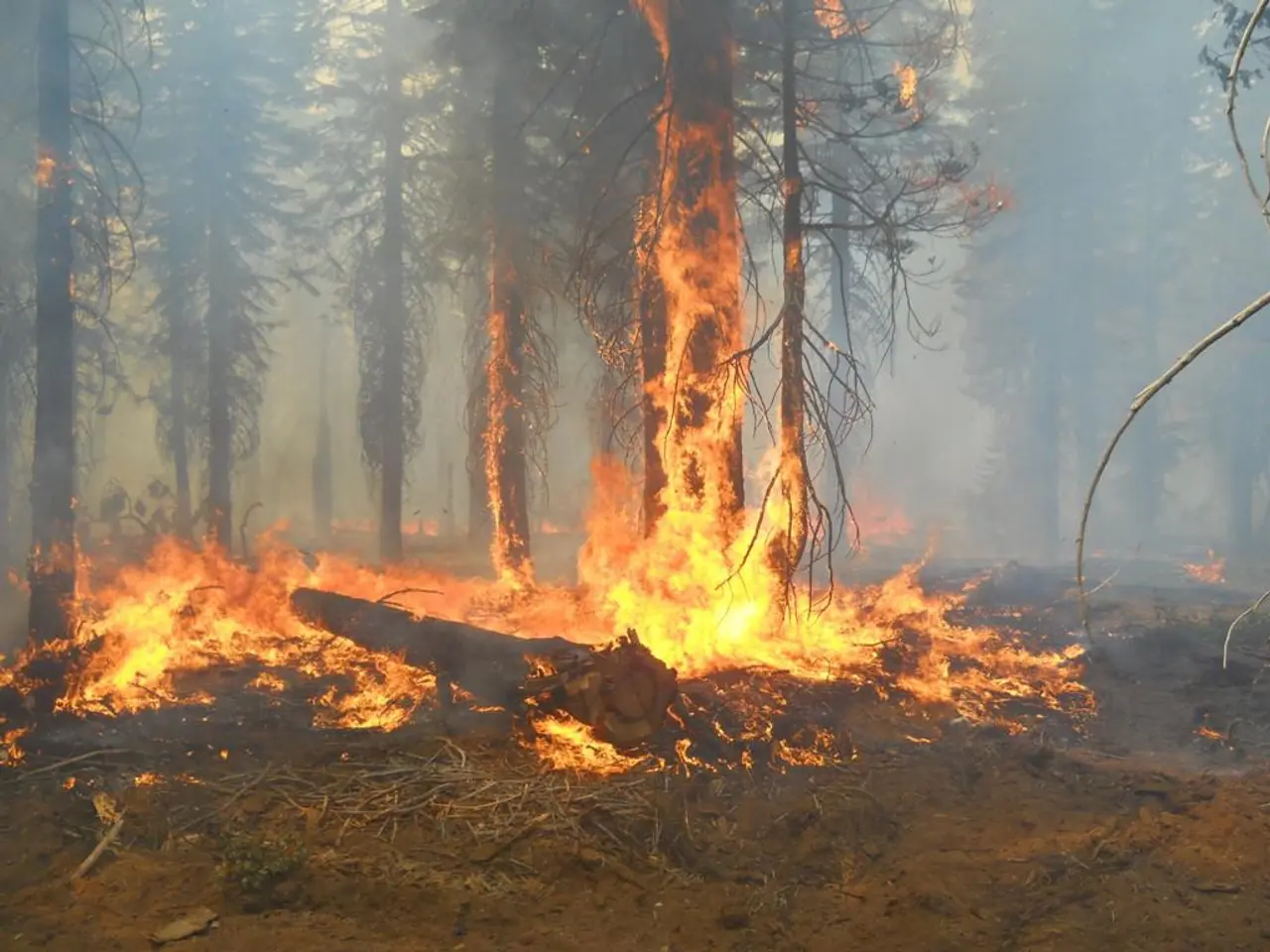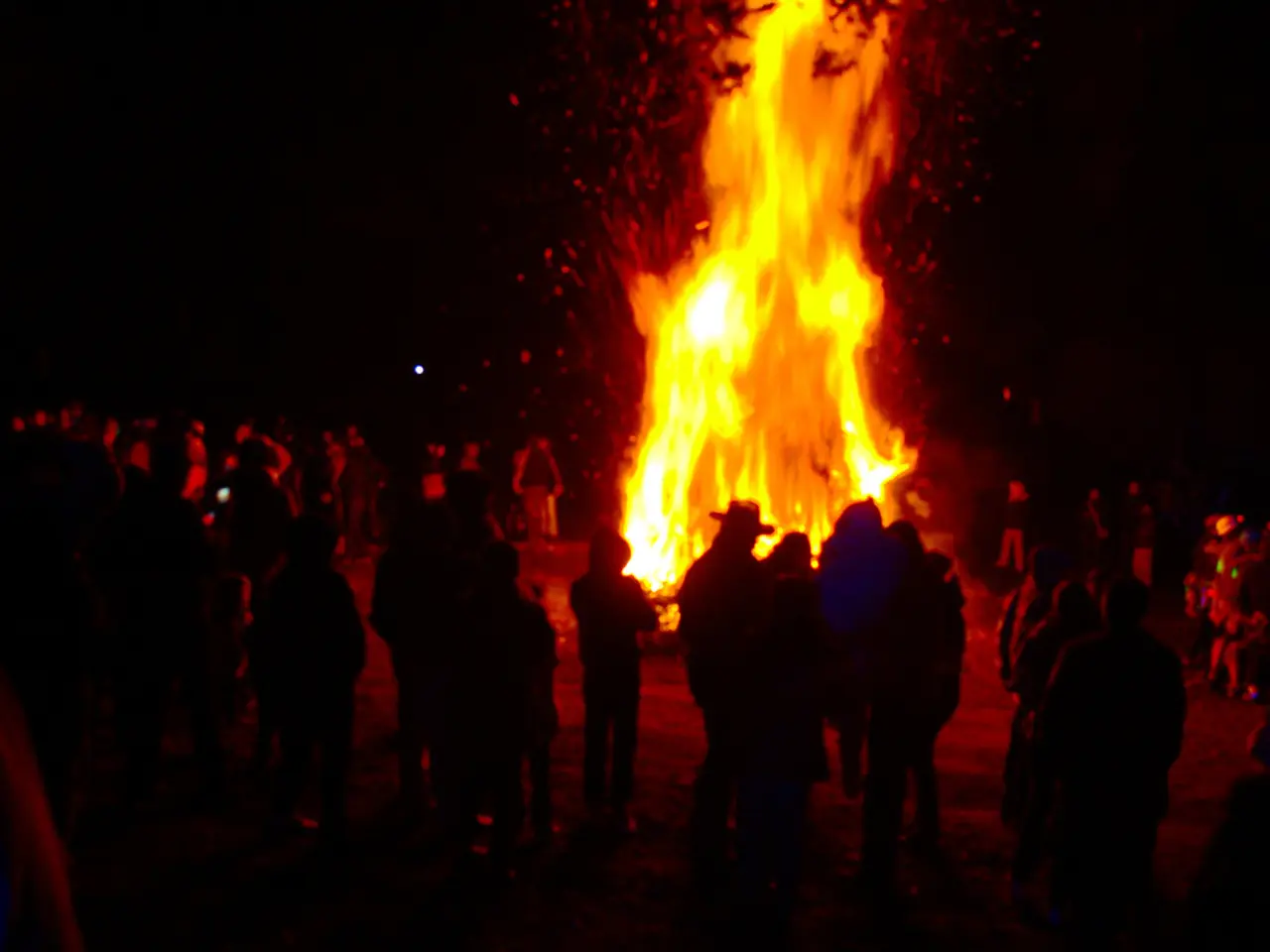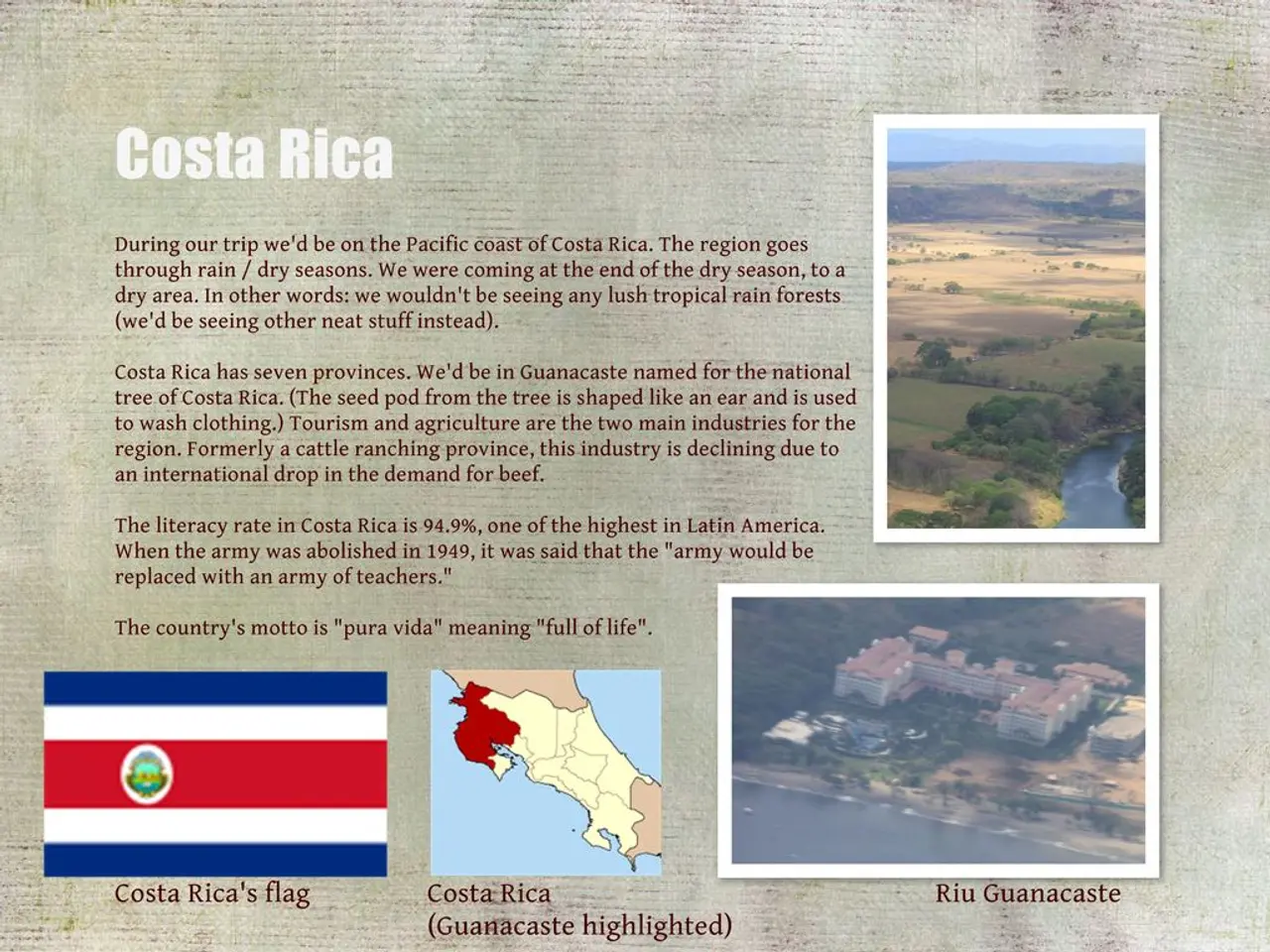Intense Images Documenting the Devastation Wrought by Hurricane Katrina Following Its Passage
Hurricane Katrina, which struck the United States in 2005, left an indelible mark on New Orleans, shaping the city's demographic, social, and cultural landscape for decades.
Demographic and Economic Impact
The storm caused New Orleans’ population to decline by about 29% between 2005 and 2011, with over 1 million people displaced in the metropolitan area. The disaster devastated more than a million homes and caused over $135 billion in damages, highlighting deep racial and income inequalities in both the damage and the recovery process.
Social and Mental Health Consequences
The aftermath of Katrina brought about a significant and lasting mental health crisis, particularly in Black communities who faced compounded trauma due to systemic inequities. Suicide rates in New Orleans nearly tripled after Katrina, and in the two decades since, the city’s suicide rate has increased by 37% compared to national trends. The disaster contributed to widespread PTSD, depression, and anxiety, exacerbated by slow recovery, gentrification, and loss of community resources like mental health clinics.
Cultural and Community Transformation
New Orleans remains a vibrant cultural hub, celebrated for its rich African, Caribbean, French, and Spanish influences, and as the birthplace of jazz. However, Katrina accelerated cultural shifts through displacement and gentrification, changing neighborhood demographics and challenging traditional community cohesion.
Intergenerational Trauma and Recovery Challenges
The trauma has been transmitted across generations, especially visible among children who experienced psychological stress during and after the disaster and are now adults facing ongoing effects. Recovery efforts highlight the need for long-term, accessible mental health care and community support that addresses not only physical rebuilding but deep emotional and social wounds.
Response and Recovery Efforts
The U.S. Coast Guard proved to be highly effective in responding to the disaster, rescuing over 33,500 people. However, the recovery process was fraught with challenges, including bureaucratic hurdles, communication failures between federal, state, and local responders, and delays in military assistance due to concerns about the Posse Comitatus Act.
Federal aid was available but only in the amount equal to the difference between an insurance settlement and the assessed value of a home. The 911 system was overwhelmed and eventually failed during the disaster, leaving residents unable to call for help. The Road Home program, Louisiana's primary housing recovery initiative, faced criticism for delays, bureaucratic complications, and formulas that some argued discriminated against minority homeowners.
Legislation and Reforms
The Post-Katrina Emergency Management Reform Act of 2006 established new requirements for catastrophic disaster planning, enhanced FEMA's authority and resources, and amended the Stafford Act to improve federal disaster response capabilities. FEMA underwent significant reforms after Hurricane Katrina.
Controversies and Scandals
The recovery from Hurricane Katrina was a long and contentious struggle, highlighting existing social and economic inequalities. Various contractors, advisers, and conmen took advantage of the situation to sweep up money before it reached those most affected by the storm. Dennis Hastert, then Speaker of the House, publicly questioned if any federal funds should be used to help New Orleans rebuild at all.
Reflections and Future Challenges
It remains to be seen if the world affected by Hurricane Katrina ever figured out how to help those whose loved ones were lost under the rubble. The recovery from Katrina remains a contentious and politicized struggle two decades later. The aid that finally reached residents was held up by rules and red tape. Even those who qualified for aid were put through bureaucratic hurdles before they could collect disaster relief.
In summary, Hurricane Katrina’s long-term effects on New Orleans extend far beyond infrastructure damage, deeply influencing the city’s population dynamics, mental health, social equity, and cultural identity, with lingering challenges and resilient community responses shaping its evolving society and culture.
- The scientific study of New Orleans' population decline following Hurricane Katrina could provide insights into environmental-science aspects of climate change and weather patterns, as this disaster served as an unexpected experiment for understanding the impact of extreme weather events on human societies.
- The cultural shifts observed in New Orleans after Hurricane Katrina, influenced by displacement and gentrification, have led to discussions on the intersection of science, culture, history, and the environment, particularly concerning the preservation of local heritage and cultures vulnerable to climate change.
- As non-physical effects of hurricanes such as Katrina, like mental health crises and social inequities, continue to unfold in the aftermath, the pressing need for research in the field of environmental-science, with a focus on psychosocial and socio-economic impacts, has been underscored, revealing a multidisciplinary approach as essential for future climate-change planning and preparation.








